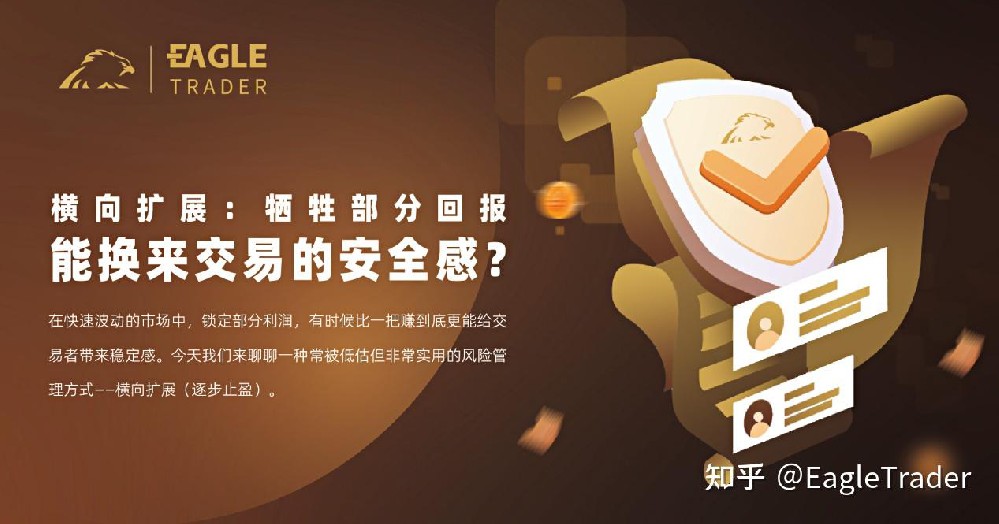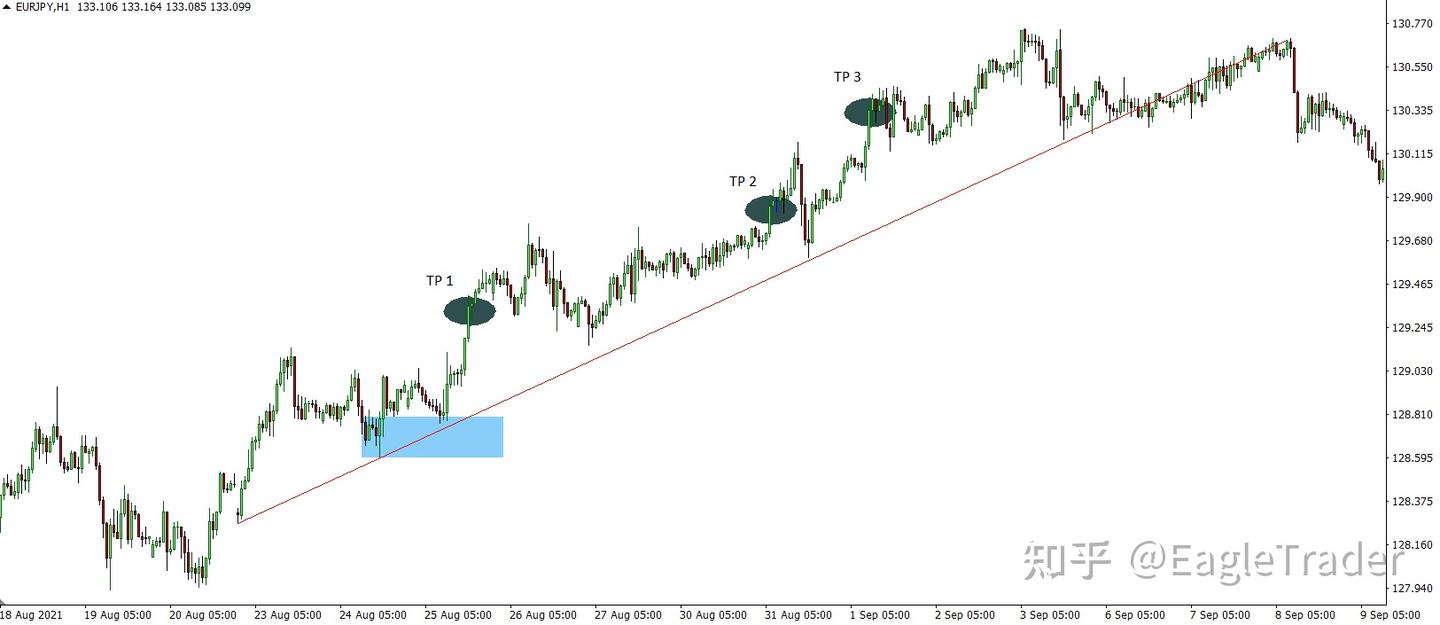Extended horizontally: Sacrifice part of the reward, which can bring a sense of security in transactions
- 2025年8月6日
- Posted by: Eagletrader
- Category: News
In a rapidly volatile market, locking in part of the profits can sometimes bring a sense of stability to traders more than making money. Today we will talk about a often underestimated but very practical way of risk management – horizontal expansion (gradually taking profit).

What is horizontal expansion?
Horizontal expansion, simply put: when trading floating profits, first close part of the positions, lock a certain profit, and continue to hold the remaining positions to gain a larger market extension.
For example, you have built 4 long orders on EURJPY. When the market rises by 50 points, close 2 lots first, “put in pocket” this part of the profit, and continue to hold the remaining 2 lots to see if you can get it.
100 or even 150 points of space.
The core of this practice is to control risks while retaining the possibility of obtaining subsequent profits through phased exits.
Why is this method suitable for beginners?
For many novices, the most difficult thing is not to choose the direction, but to be able to make a profit. Many people panic after experiencing a round of floating profits, and miss the entire band when they encounter a pullback. This is often not a problem of strategy, but psychological instability. One of the biggest benefits of horizontal expansion is that it can relieve this psychological pressure: first cash out part of the profit and gain a sense of psychological security
The remaining positions are “stress-free” and it is easier to wait for the big market
Even if the market reverses, it will be safe and will not be wiped out
For EagleTrader
For traders who are in the self-operated trading exam, this method also helps to show their stability under the risk control red line – gradually taking profits can effectively control drawdowns and also helps improve account consistency scores.
Where are the risks? A few points worth noting
Of course, this method is not omnipotent. These risks of horizontal expansion are still worth noting:
Sacrificing the greatest return: Compared with “holding all” to the end point, gradually taking profit may be slightly inferior in overall yield.
The initial position needs to be too large: in order to be able to stop in batchesFor profit, traders usually need to open larger positions, which is a double test for capital management and mentality.
It is easy to fall into “early out early and disappear early”: if the rules are not set, it is easy to “take the lead” when the floating profit is just a little, and the market continues to move and you have already appeared.
This puts higher requirements for traders: they must set up a batch profit plan in advance before the strategy is designed and insist on implementing it.
Case Brief Analysis
Suppose that you have found a long opportunity on EURJPY, so you chose to build a position at 128.80 and opened 4 long positions. His stop loss is set at 25 points, corresponding to the risk
US$880 (calculated in an account of US$100,000, the risk is less than 1%, and the risk control is reasonable).
First target (TP1): 50 points
After the market rises, the trader chooses to close half of the positions (2 lots), locking about
$880 profit. At this time, he had completed the initial “profit loss”, and the remaining 2 hand-held positions can continue to gain more space with greater peace of mind.

Second goal (TP2): 100 points
When the price hits TP2, traders have two choices:
Conservative type: directly close the remaining 2 lots in TP2, the whole transaction income is about US$2,640 (the first 2 lots make 880, the last 2 lots make 1 lot), and the profit-loss ratio is 3:1
Continue to expand: only close 1 lot, leave the last 1 lot for TP3, so if the market continues to rise, there is still room to grasp
The third goal (TP3): 150 points
The market continues as expected and eventually hit TP3. The trader closes the last 1 lot, and the overall profit is:
880 + 880 + 1320 = US$3,080, and the profit-loss ratio is about 3.5:1
The horizontal expansion is not to pursue extreme returns, but a risk management tool that is more in line with the mentality and actual conditions of most traders.
In the context of uncertainty in the market, first locking in part of profits and then retaining some opportunities can not only alleviate emotional fluctuations in the trading process, but also help us move forward more steadily in the long run.
This strategy is particularly suitable for: account managers who want to stably control retracement; emotional wavesTraders who are more motivated and are prone to appear in advance; friends who are passing the self-operated trading exam.
Of course, it is not omnipotent and is not recommended to use it in one size fits all. You need to formulate “batch profit rules” that suit you based on your trading style, account size, and risk tolerance, and constantly correct and optimize in actual combat.
